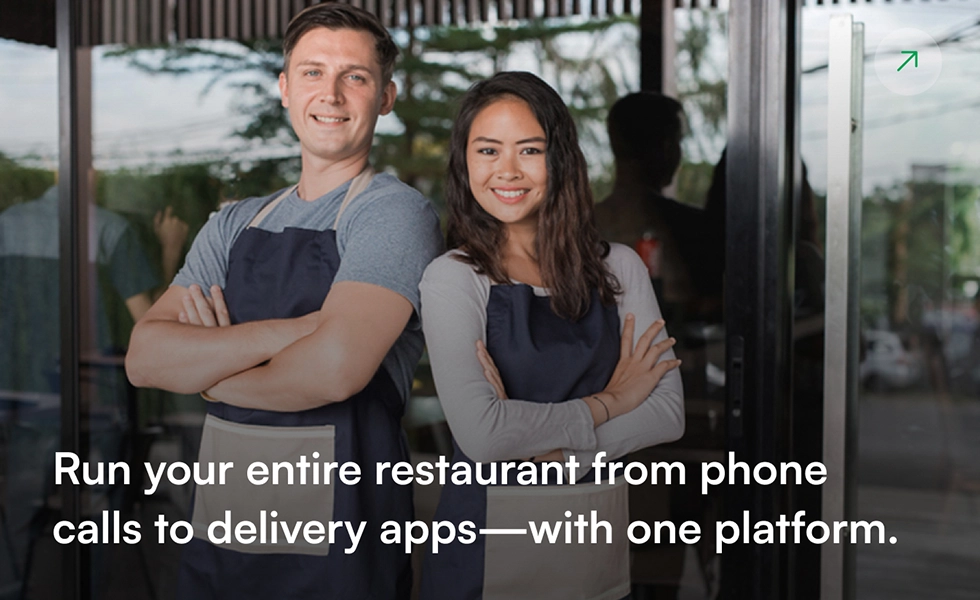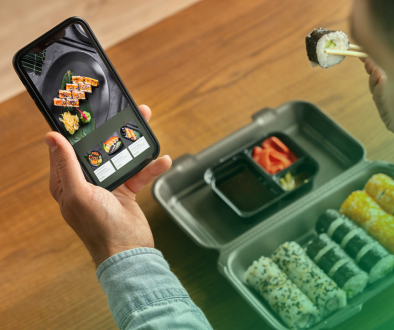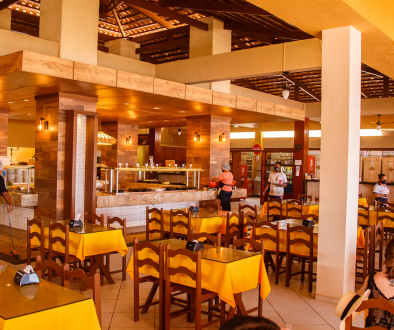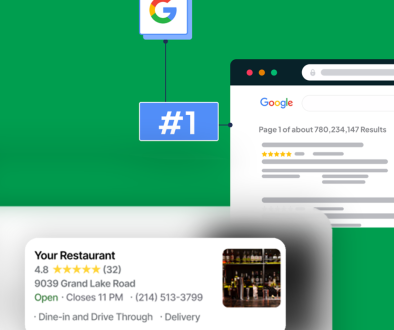Virtual Brands – A Smarter Way to Grow Restaurant Revenue Without Opening a New Location
Running a restaurant today means thinking beyond tables and takeout. With margins tightening, rents rising, and competition increasing, restaurant owners need new ways to grow without taking on new real estate or overhead. That’s where virtual restaurant brands come in.
These digital-only food concepts allow you to tap into the booming online food business using the kitchen and staff you already have. No need for a second location, more staff, or expensive renovations. It’s simply a smarter, leaner restaurant growth strategy built for today’s delivery-first world.
In this blog, we’ll explain what virtual brands are, how they work, and why they’re helping restaurants unlock new revenue without added complexity.
What Are Virtual Restaurant Brands?
Virtual restaurant brands are delivery-only food concepts that operate out of existing restaurant kitchens. They don’t have a storefront or dine-in space. Instead, they exist entirely on food delivery platforms like Uber Eats, DoorDash, Grubhub, and others.
A single kitchen can host multiple virtual brands, each with its own menu, branding, and identity. These brands often cater to specific cravings or niche audiences, like:
- A wings-only menu
- A vegan comfort food brand
- A late-night snack concept
- A healthy bowls and salads option
By launching virtual brands, restaurant owners use their current kitchen capacity more efficiently while generating more orders from different customer segments.
Why Virtual Brands Make Sense Right Now
Here are five reasons why now is the perfect time to launch a virtual brand:
- Delivery demand is rising: The online food business is booming, and customers are increasingly searching for specific food types or cuisines on delivery apps.
- You already have the resources: Your kitchen, equipment, and staff are underused during certain times of day or week. Virtual brands fill in those gaps.
- Low cost, high return: Unlike opening a new location, launching a virtual brand requires minimal investment. You’re leveraging what you already own.
- Test and scale quickly: With virtual brands, you can experiment with new ideas or trends. If something works, scale it. If not, pivot fast.
- Meet customers where they are: Delivery is how many customers discover new restaurants today. Virtual restaurant brands meet that demand directly.
How It Works: A Simple Breakdown
Here’s how a typical virtual brand setup looks in practice:
- You decide on a new food concept, like “Midnight Biryani” or “Waffle Kingdom.”
- You build a new delivery-only menu using ingredients and prep methods your team already knows.
- You list this brand on delivery platforms with its own logo, name, and menu.
- Orders come in just like your primary restaurant, but with a separate brand name.
- Your kitchen team prepares the food, and delivery drivers pick it up like any other order.
Behind the scenes, nothing changes: same kitchen, same staff, same tools. But from the customer’s point of view, they’re ordering from a new, specialized restaurant.
This approach allows you to add new revenue channels with no added rent, no new leases, and no additional full-time hires. It’s the definition of smart scaling.
Virtual Brands as a Restaurant Growth Strategy
Adding virtual restaurant brands is not just about keeping busy. It’s a long-term restaurant growth strategy for owners who want to future-proof their business.
Here’s how it supports sustainable growth:
1. Taps Into New Audiences
Each brand lets you appeal to different demographics. A single restaurant can serve families, college students, fitness enthusiasts, and late-night eaters — all through unique menus.
2. Maximizes Idle Capacity
If your lunch hours are slow but dinner is packed, create a lunchtime-focused brand. If weekends are strong but weekdays are weak, fill that gap. It keeps your team productive and your kitchen efficient.
3. Protects Your Core Brand
You can test new recipes or food styles under a virtual brand without risking your main restaurant’s reputation.
4. Builds Delivery Dominance
On delivery platforms, visibility is everything. Multiple virtual brands mean more listings, more chances to show up in search, and more orders overall.
This is a winning move for any operator looking to thrive in the online food business.
Real Examples That Work
Restaurants across the country are already doing this:
- A burger joint adds a wings-only virtual brand.
- A breakfast diner launches a dessert-only delivery brand after 5 PM.
- A healthy cafe creates a virtual brand focused solely on keto meals.
These aren’t gimmicks. They’re real restaurant growth strategies backed by data, customer demand, and smart execution.
Challenges to Watch (and Solve)
Like any new venture, virtual brands come with challenges:
- Menu complexity: Don’t add items that strain your team. Use shared ingredients across menus.
- Delivery consistency: Packaging and timing must be tight to avoid bad reviews.
- Brand confusion: Ensure each virtual brand has its own identity. Customers shouldn’t feel misled.
With careful planning and clear operations, these are all manageable. Tools like Restro.one help streamline virtual brand management.
Getting Started with Virtual Restaurant Brands
Ready to launch your first virtual brand? Here’s a quick checklist:
- Analyze your current kitchen usage – When are you slow? What equipment is underused?
- Identify high-margin items – Build menus around what you do well and profitably.
- Study delivery trends – What are people searching for in your area?
- Design your brand – Name, logo, menu, and positioning should feel distinct.
- List it on delivery platforms – Treat it like a new business with its own visibility.
- Train your team – Make sure they understand ticket flows and prep procedures.
With these steps, you can quickly go from idea to live orders.
Virtual restaurant brands are not a trend — they’re a proven path to growth. In a digital-first dining world, this model gives restaurants the flexibility to scale revenue without scaling costs.
Whether you want to test a new menu, tap into the booming online food business, or strengthen your restaurant growth strategy, virtual brands offer a smart and practical solution.
No new lease. No new team. Just more revenue from the kitchen you already run.
Start smart. Go virtual. Grow fast.




